Common Shoulder Injuries and How to Treat Them
Frozen Shoulder
Frozen Shoulder is also known as Adhesive Capsulitis. It is an inflammatory condition of the ball and socket joint where the capsule tightens causing a marked restriction in the range of movement. A true frozen shoulder is actually quite rare and difficult to treat.
How Does Frozen Shoulder Occur?
The causes are not clearly defined. It can occur after a fracture, trauma or surgery but often occurs spontaneously. It is more common in women than men and between the ages of 40 – 60. It progresses through 3 stages, usually lasting 1-2 years.
The initial “Freezing” stage is very painful and the joint starts to stiffen. It is often painful at night, preventing the sufferer from sleeping well. In the 2nd or “Frozen” stage the shoulder movement becomes very restricted but the pain reduces. In the 3rd or “Thawing” stage the range of movement gradually improves and should return to normal.

What can PPASIC do for Frozen Shoulder?
We aim to minimise pain and maintain as much range of movement as possible. Physiotherapy becomes much more appropriate during the “Thawing” phase.
Specific Exercises – specific stretches to maintain and improve the shoulder range of movement and strengthening exercises to correct abnormal movement patterns and restore function.
Soft tissue Release – to limit muscle spasm in the painful muscles surrounding the shoulder
Joint Mobilisations – to increase the range of movement and decrease pain in the shoulder joint.
Rotator Cuff Disorders
The rotator cuff is a group of 4 muscles which surround the shoulder helping to keep it stable. As the shoulder is a complex and unstable joint the rotator cuff has a vital role in normal movement and function. Rotator cuff problems can be divided into tendonitis, impingement or tear.
How Do Rotator Cuff Disorders Occur?
They are frequently caused by repetitive overhead activities such as throwing sports, swimming or lifting overhead. If untreated tendonitis may develop into a full or partial tear, which will usually require surgery to repair it.
Symptoms include pain on movements above shoulder level, often with a “painful arc”, pain at night and weakness in the arm.
What Can PPASIC do for Rotator Cuff Disorder
Ice and electrotherapy – to reduce the inflammation and pain
Specific Exercises – a graduated exercise programme to restore strength and stability, often using resistance bands
Correction of technique – if the injury has been caused by poor technique eg during sport this must be addressed and corrected to prevent the problem recurring.

Instability
Some people have naturally more flexible joints than others e.g. gymnasts and dancers. As the shoulder is naturally a very mobile joint it is vulnerable to damage and if the muscles are weak or overstretched this can lead to instability.
How Does Instability Occur?
As with rotator cuff problems instability can occur with repeated overhead movements such as swimming or throwing. Shoulder instability can lead to subluxation (partial dislocation). Dislocation is usually caused by trauma such as a fall or direct impact e.g. a rugby tackle.
What Can PPASIC Do For Shoulder Instability?
If a shoulder has fully dislocated it will need to be reduced or put back in place as quickly as possible to avoid nerve damage. It will then be immobilised in a sling for several weeks.
Isometric Strengthening Exercises – to maintain muscle strength while the joint is healing
Gentle Mobilising Exercises – to restore mobility once the sling is removed
Strengthening and Proprioception Exercises – a graduated programme of specialised exercises to improve strength and stability in the joint. This is vital to prevent further dislocations or instability.


Recent Comments